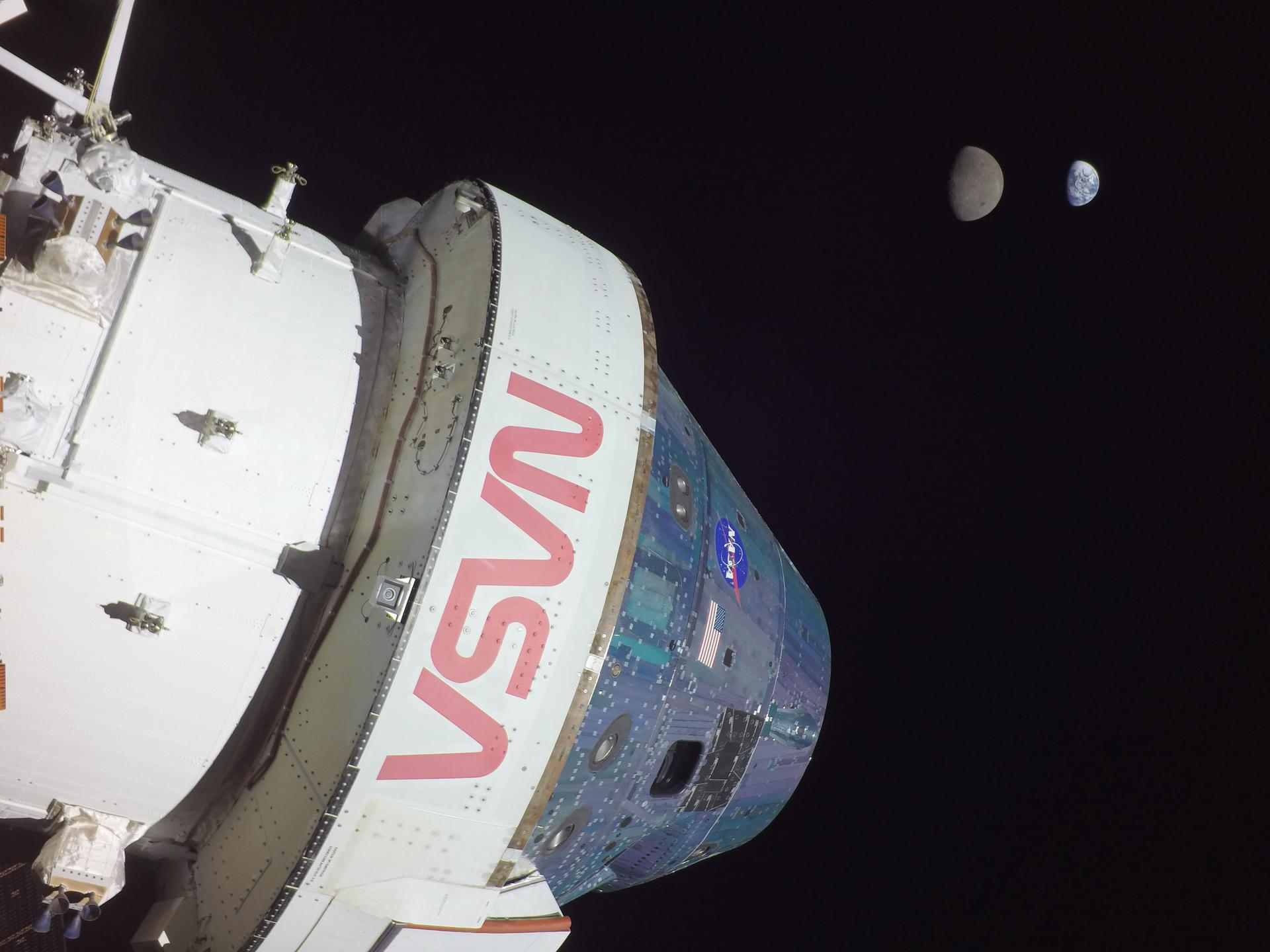
The Moon to Mars architecture embodies NASA’s commitment to lead a global, peaceful endeavor in deep space exploration. The overarching goal is to push the boundaries of human presence beyond the Earth, to the Moon, and eventually to Mars, fostering scientific advancements and inspiring generations.
The architecture is built upon a series of objectives refined with input from a wide range of stakeholders including U.S. industry, academia, international space agencies, and NASA’s workforce. These objectives serve as a guiding framework, setting the stage for the development and execution of various missions.
A key aspect of this endeavor is transparency and collaboration. By openly sharing plans and progress, NASA aims to foster an environment where current and future partners can find roles in this grand venture, contributing to human exploration in deep space.
Key Segments of the Architecture
- Human Lunar Return: Re-establishing human presence on and around the Moon. Includes Artemis moonwalks, robotic missions, deep space transportation systems, and scientific instrumentation. Current Status is active with several elements in operation and development, like the Artemis I flight test and the Cislunar Autonomous Positioning System Technology Operations and Navigation Experiment (CAPSTONE).
- Foundational Exploration: Expansion of Capabilities builds on the initial lunar return to enhance mission durations and surface exploration range. Facilitate more complex orbital and surface missions for diverse scientific research and technology demonstrations, essential for future Mars missions.
- Sustained Lunar Evolution: on creating a sustainable lunar presence that offers economic opportunities and extensive scientific discovery. Emphasizes the utilization of lunar resources, expansion of power generation, and accommodation for larger human presence.
- Humans to Mars: The Ultimate Goal is establishing human presence and conducting scientific research on Mars. Approach involves developing transportation systems for Earth-Mars travel and surface systems for crew sustainability.
Process and Evolution
Evolutionary Development: NASA employs a methodical approach, continuously refining the architecture through analysis, feedback, technological advances, and evolving objectives. The Architecture Concept Reviews (ACRs) held annually are crucial for assessing progress and making necessary adjustments.
The Scientific and Societal Implications
The architecture aims to address high-priority scientific questions in lunar and planetary science, heliophysics, and human and biological science. The endeavor is scientific and technological achievements to inspire the next generation of explorers and scientists. The initiative positions the United States of America and its international partners as leaders in space exploration, fostering collaboration and peaceful use of space.
For those seeking in-depth insights into the Moon to Mars architecture, NASA provides detailed documentation, including the Architecture Definition Document, on its dedicated webpage: [NASA’s Moon to Mars Architecture]. This resource is an invaluable tool for understanding the nuances of the project and its significance for humanity’s future in space exploration.
This comprehensive approach marks a significant step in humanity’s journey to the stars, blending engineering prowess with the quest for knowledge and inspiration. It’s a testament to our collective ambition to explore, understand, and thrive in the vastness of space.
To Download Article Click the Link Below:


